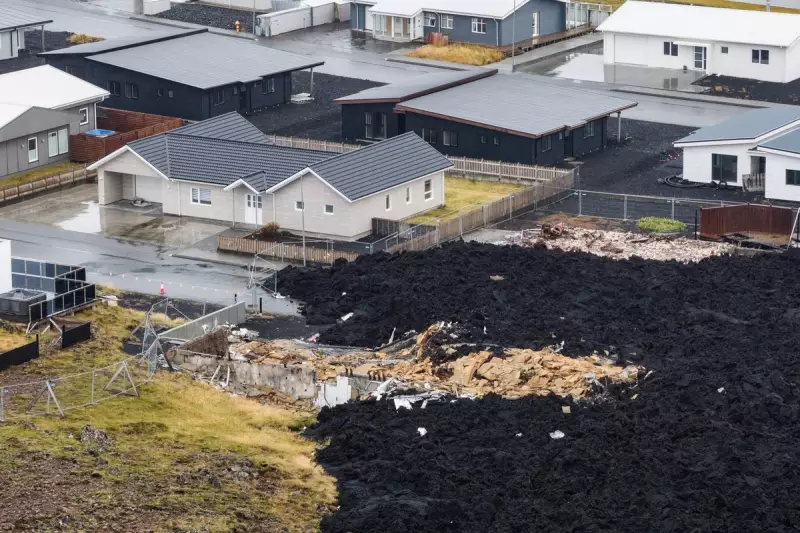
A spectacular volcanic eruption has torn through the night sky on Iceland's Reykjanes peninsula, creating a dramatic display of nature's raw power just northeast of the evacuated town of Grindavík.
Nature's Fireworks Display
The eruption began with intense force around 10:17 PM local time on Monday, sending vibrant orange lava fountains soaring approximately 300 feet into the air. The Icelandic Meteorological Office confirmed the eruption originated from a 2.5-mile-long fissure, creating a river of molten rock that continues to flow across the landscape.
The eruption's proximity to Grindavík - just 2.5 miles northeast of the coastal community - has raised significant concerns, though authorities had wisely evacuated the town in November following weeks of intense seismic activity.
Immediate Impact and Response
Despite the eruption's dramatic appearance, Icelandic authorities have maintained a measured response. The eruption has been classified as a fissure eruption, typically less explosive than other volcanic types but still capable of producing significant lava flows.
Key developments include:
- All residents of Grindavík were safely evacuated prior to the eruption
- The famous Blue Lagoon geothermal spa has temporarily closed
- Keflavík International Airport remains operational with flights continuing
- No immediate threat to human life has been reported
Tourism and Travel Implications
For travellers with plans to visit Iceland, the situation remains largely stable beyond the immediate eruption zone. The eruption has actually sparked interest among adventure tourists, with many hoping to witness the spectacular natural phenomenon from safe viewing areas established by authorities.
Important travel notes:
- Avoid the Reykjanes peninsula eruption zone
- Follow all official guidance from Icelandic authorities
- Monitor flight status with your airline
- Consider travel insurance for flexibility
Geological Context and Future Outlook
This eruption marks the fourth occurrence on the Reykjanes peninsula since 2021, signalling what geologists believe may be the beginning of a new active volcanic period that could last decades or even centuries. The region had been dormant for nearly 800 years before this recent surge in activity.
Scientists continue to monitor the situation closely, with gas pollution remaining a primary concern. The Icelandic Met Office has warned that volcanic gases could reach Reykjavík and potentially extend across Europe depending on wind patterns.
As dawn broke over Iceland, the spectacular display continued, reminding everyone of the incredible geological forces that shape this remarkable island nation.





